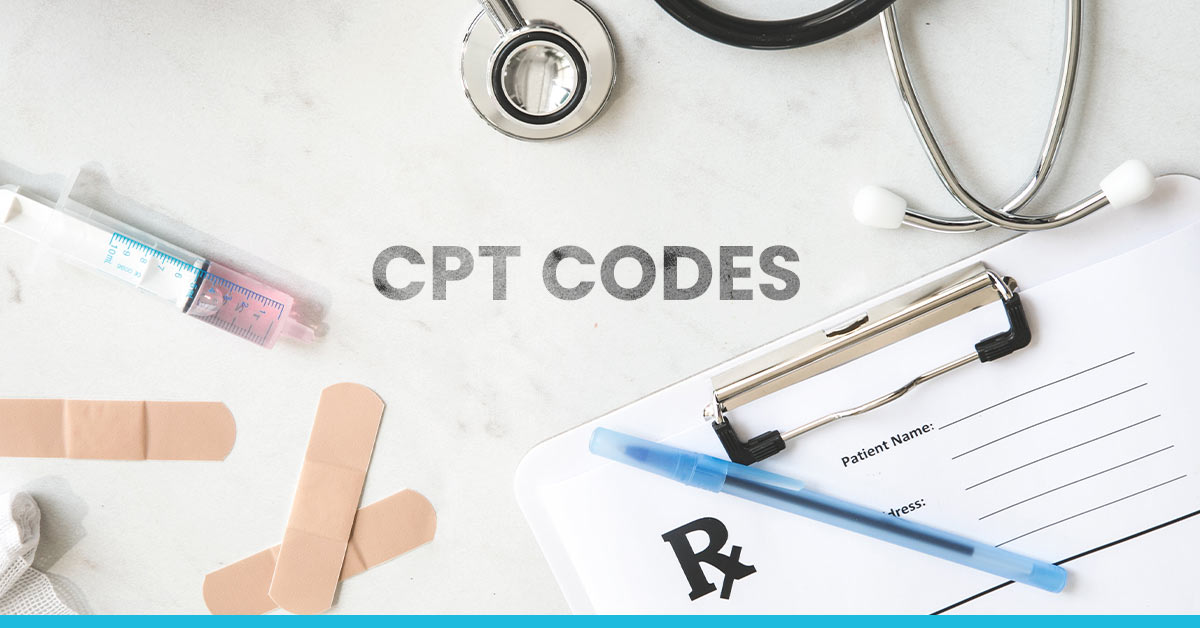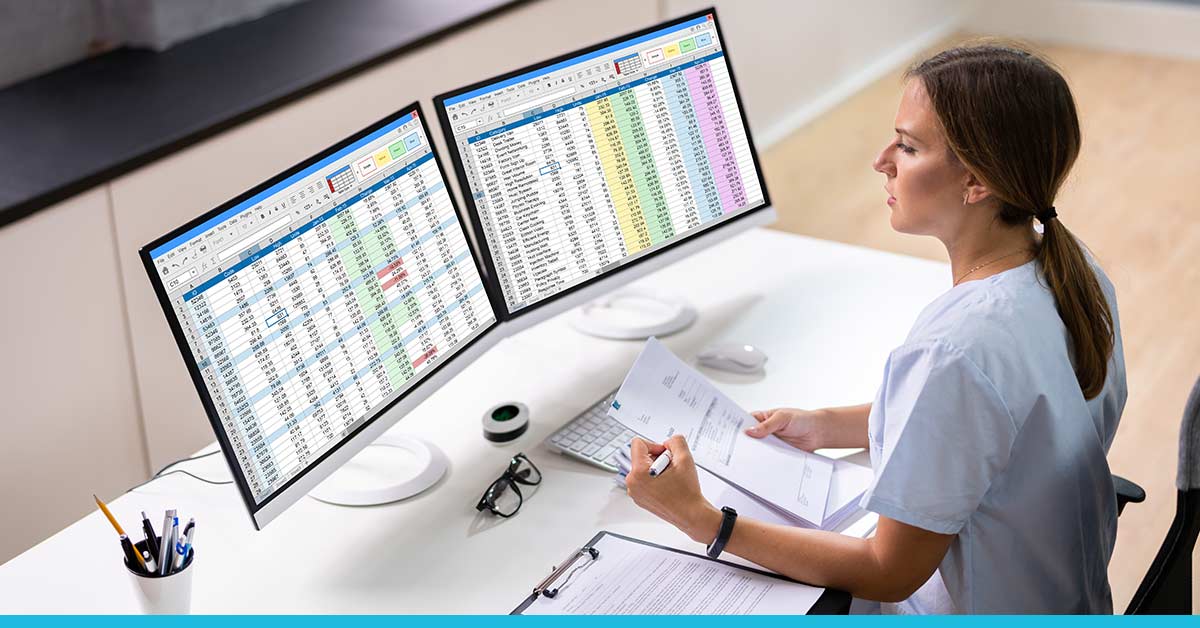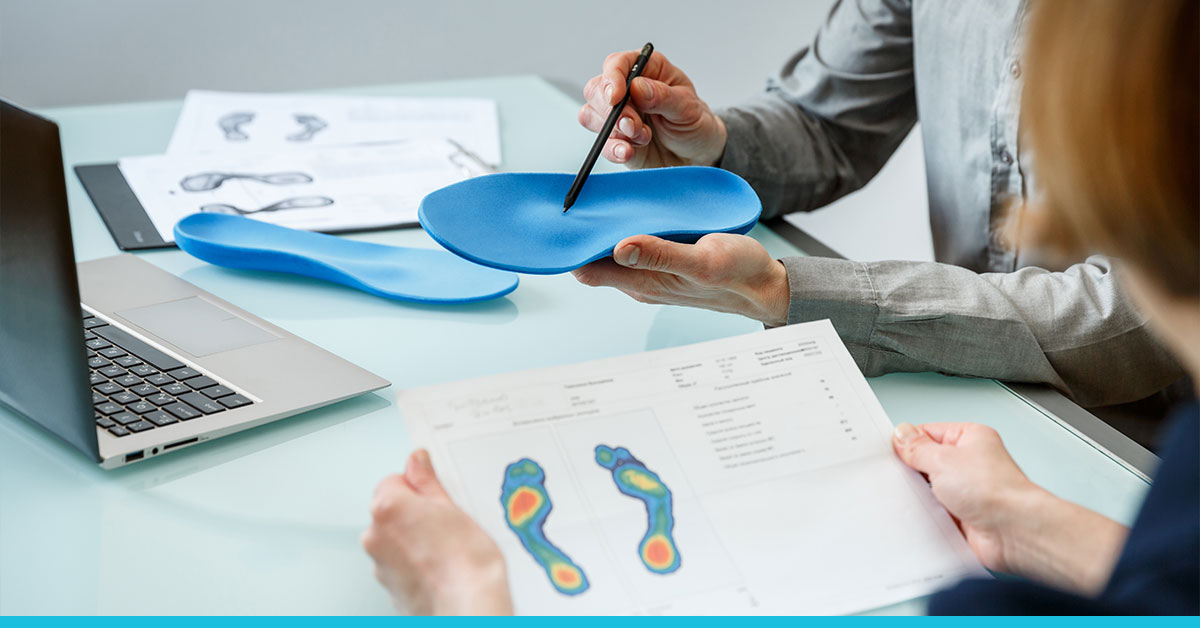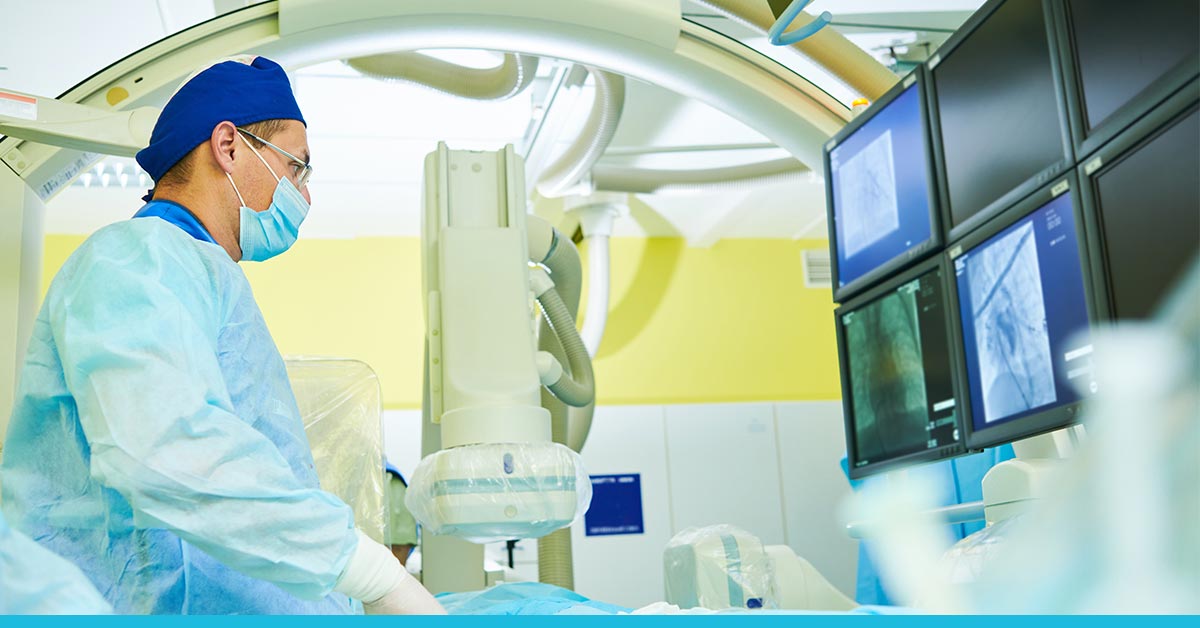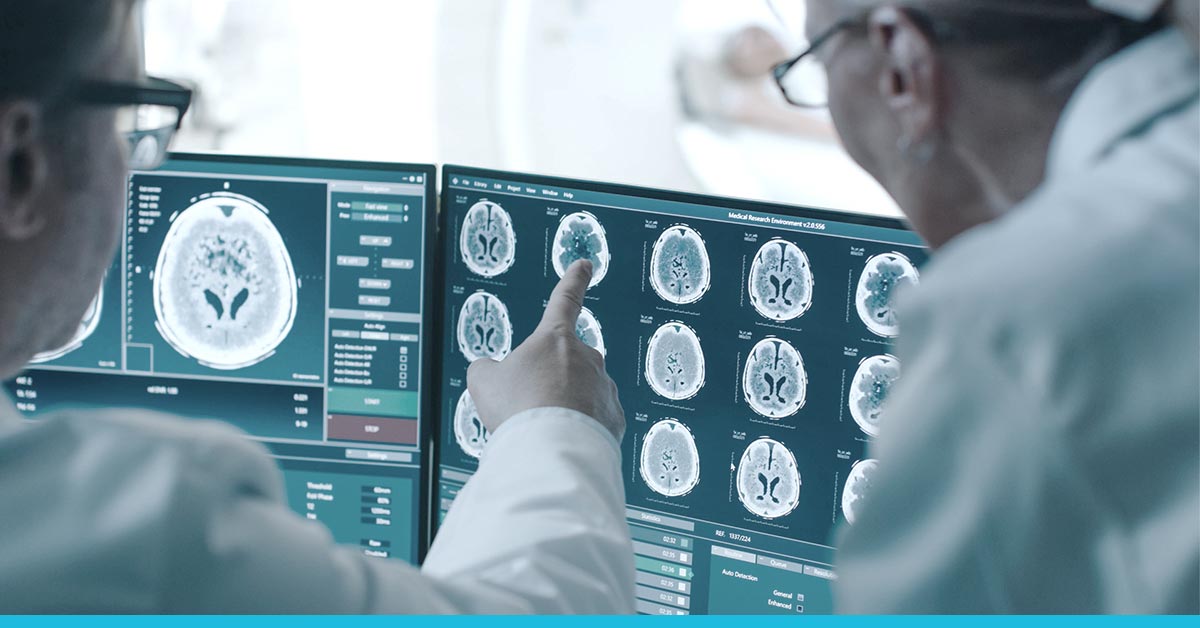CPT codes define the medical, surgical, and diagnostic operations physicians and other health care providers perform. CPT codes are essential for the uniformity of the medical billing process, and insurance companies require them. The American Medical Association (AMA) modifies the CPT code set during its annual meeting. For 2023, a few new codes and minor modifications to both new and old codes and descriptors were noted. Are you aware of the new CPT codes for 2023? If not, then no need to worry as we present to you all the new guidelines related to medical billing for the year 2023.
The CPT code set that is utilized in 2023 has undergone 393 editorial changes. Ninety-three code revisions, 225 new codes added, and 75 deleted codes. More than 40% of the code changes concern new technology services in Category III CPT codes and the expansion of Proprietary Laboratory Analyses (PLA) codes. Also, some code modifications affect how the COVID-19 vaccine is reported, tracked, and administered.
In the following sections of this post, we will discuss the new CPT codes for 2023. It will prepare you for the medical billing procedure.
Enlisting the New CPT Codes For 2023
Below is the list of new CPT codes for 2023 that will help your practice in the medical billing process:
1. Therapeutic Remote Monitoring
There are currently five new CPT codes for 2023 regarding remote therapeutic monitoring. The following are the new CPT codes for 2023:
- 98975
- 98976
- 98977
- 98980
- 98981
These new medical billing codes expand on codes for remote physiologic monitoring introduced in 2020. The previous codes were: 99453, 99454, 99457, and 99988.
2. Taxonomy
Appendix R’s Digital Medicine – Services Taxonomy has new CPT codes for 2023 compatible with the following digital medicine services.
- Clinician-to-patient care
- Clinician-to-clinician (consultation) services
- Services devoted to monitoring a patient
- Services for digital diagnostics
The new medical billing codes for taxonomy services necessitate that synchronous services provide two-way, real-time communication between the parties. It must be accomplished through audio and video. Telephoning, using a patient portal, and sending encrypted emails are all options to communicate with someone when you are not physically present.
3. Primary Care Management
Four new CPT codes for 2023 for care management are:
- 99490
- 99491
- 99439
- 99487
These new medical billing codes are created for certified medical providers to report care management services for patients with a single chronic disease. Previously, a variety of chronic conditions qualified for reimbursement for these services.
4. Drug-releasing Implants
The new code 68841 is used to describe the eye-related drug-eluting implant operation. The new CPT code for 2023, i.e., 68841, indicates the insertion of a drug-eluting implant into the lacrimal canaliculus. The implant includes punctual dilation. This new medical billing code replaces code 0356T in Category III. The code 68841 is billed for a corticosteroid insert into the canaliculus. It is done to deliver dexamethasone to treat pain and inflammation after eye surgery.
Revised CPT Codes for 2023
The following CPT codes have been revised for the year 2023.
- Code 99211
The CPT code 99211 was revised by eliminating the following: “Usually, the presenting problem(s) are minimal.” Instead, a new phrase has been added: “Office or other outpatient visits for the evaluation and management of an established patient that may not require the presence of a physician or other qualified health care professional.”
The code 99201 was eliminated in 2021 since it was rarely used.
- Code 92065
The CPT code 92065 describes orthoptic training, also known as vision therapy. It is crucial to double-check the benefit plan descriptions, as some policies do not cover vision therapy.
- Codes 67141 & 67145
These two codes for retinal detachment were modified in the section on prevention. In the proposed rule for 2023, the codes were modified to exclude the wording “1 or more sessions.” It allowed the services to be billed as a 10-day procedure instead of the current 90-day operation.
The following modifications have been made to the codes for retinal detachment:
| Code | Removed | Revised |
| 67141 | 1 or more sessions | “Prophylaxis or retinal detachment (e.g., retinal break, lattice degeneration) without drainage, cryotherapy, diathermy.” |
| 67145 | 1 or more sessions
laser or xenon arc |
“Prophylaxis of retinal detachment (e.g., retinal break, lattice degeneration) without drainage; photocoagulation” |
88342 CPT Code and Guidelines for 2023
The CPT codes for surgical pathology are structured such that the first code (CPT 88341), CPT 88342, corresponds to a single antibody stain procedure, and each subsequent code corresponds to an additional single antibody stain procedure.
The plus sign next to CPT 88341 indicates that it is an add-on code that can be billed only in conjunction with the 88342 CPT code.
| Code | Description |
| 88341 | Immunohistochemistry or Immunocytochemistry, per specimen; each additional single antibody stain procedure |
| 88342 | Immunohistochemistry or immunocytochemistry, per specimen; initial single antibody stain procedure |
| 88344 | Immunohistochemistry or Immunocytochemistry, per specimen; each multiplex antibody stain procedure |
It is not permissible to utilize more than one unit of CPT 88341, 88342, or 88344 per specimen for each antibody.
- CPT 88341, CPT 88342, or CPT 88344 should not be reported with CPT 88360 or CPT 88361 if each procedure involves a different antibody.
- When multiple antibodies that may be distinguished are used on the same material, one unit of CPT 88344 is used. It is known as “multiplex antibody staining.”
- When multiple antibodies that cannot be found individually are placed on the same slide, CPT 88342 should be used. CPT 88344 should be utilized if an additional antibody that can be purchased separately is also used.
After implementing these new regulations, pathologists and laboratories must specify whether a multiplex or cocktail stain technique was employed.
- The terms “single antibody stain procedure” and “multiplex antibody stain procedure” will have an impact on both the units of service and the code(s) selected. Staining antibodies is a component of both of these procedures.
- The term “single stain process” indicates that the code for the “multiplex stain method” must be assigned to the same stain, which may comprise multiple distinct antibodies.
The procedure likewise determines the unit of service for the in-question multiplex stain. If all antibodies are stained using the same method, only one service unit is required for the multiplex stain. It is crucial to note that the 88342 CPT code requires billing a modifier 59.
See Also: New ICD 10 Codes for Pathology Billing – Is Your Practice Ready?
Conclusion
Coding is one of the most difficult aspects of running a practice because it directly impacts the revenue cycle and the bottom line. Precision Hub helps reduce the stress associated with coding by ensuring that your claims are processed accurately from the outset. Our team of experts is up-to-date with the new rules and regulations regarding the new CPT codes for 2023. So, contact Precision Hub immediately if you have any queries concerning the professional coding assistance we offer. Schedule your demo now and learn how we can boost your earnings by optimizing your coding procedures.

